Slobodište Memorial Park
Curious carved stones and bird-like wings are a symbol of Serbian resilience and freedom on the site of a WWII massacre.
Just outside the city of Kruševac, Serbia, a public park has been developed into a sprawling memorial garden, where curious carved stones and sombre gates remember a time of tragedy and massacre.
The German occupation of Serbia during the Second World War was cruel and bloody. Here in Kruševac alone, an estimated 1,650 civilians and anti-fascist partisans were executed between 1941 and 1944. Taken to Bagdala Hill on the edge of town, where they were hanged and thrown into mass graves. On one single day, June 29, 1943, a total of 324 civilians were murdered here.
Attitudes to death and remembrance differ greatly from one region to the next. In many Western cultures our memorials built to the dead are solemn, serious affairs. But in socialist Yugoslavia, there was a trend to commemorate places of death by building public parks, or colourful memorial complexes that encouraged play and relaxation.
Designed by Serbian architect Bogdan Bogdanović, the memorial park at Kruševac was opened in 1965 after a five-year construction project. It’s name, “Slobodište,” means “Freedom.”
At the entrance to the park, beside the road, a memorial museum featured exhibits dedicated to the victims of the German massacres. Outside of the museum though, the park tells its history through symbolism alone. Visitors pass between two barrows, containing the mass graves themselves. First, they pass through a stone structure titled the “Gate of Death.” Beyond that, they are welcomed into the “Valley of Life.”
Here, a grassy hillside is decorated with 12 stone forms in the shape of bird wings. Said to represent the victims’ souls flying up and out of the mass graves, the wings are engraved with cryptic patterns and designs. They are very comfortable to sit in, too, and on a sunny day locals will often be seen reclining in these stone rests.
Despite suffering some damage from vandals over the years, the Slobodište Memorial Park is nevertheless well maintained to this day and it survives as an important place of remembrance and a symbol of Serbian resilience.
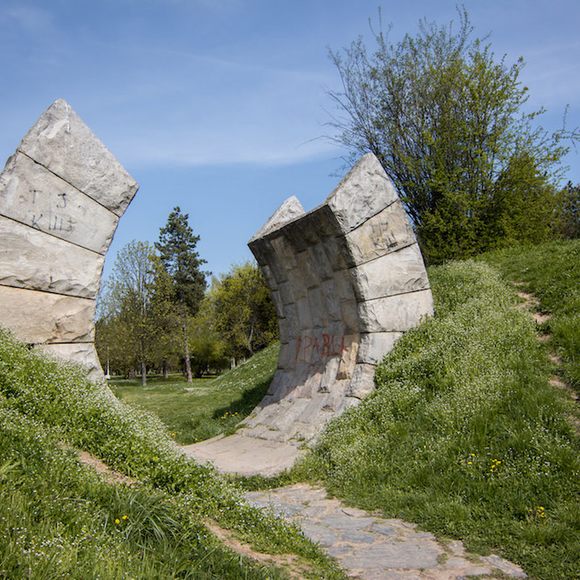

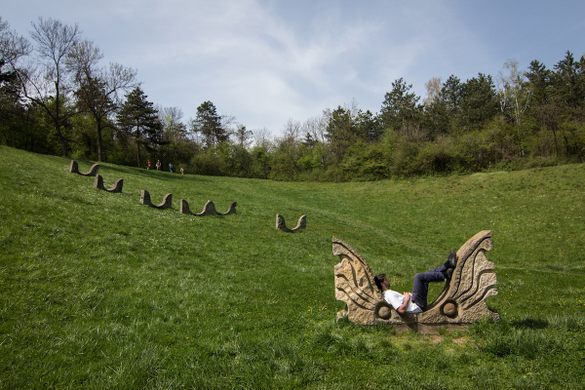
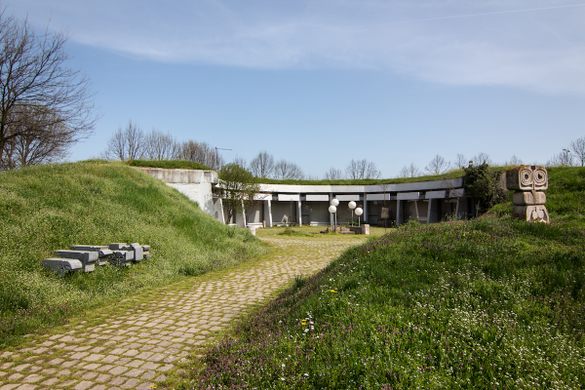
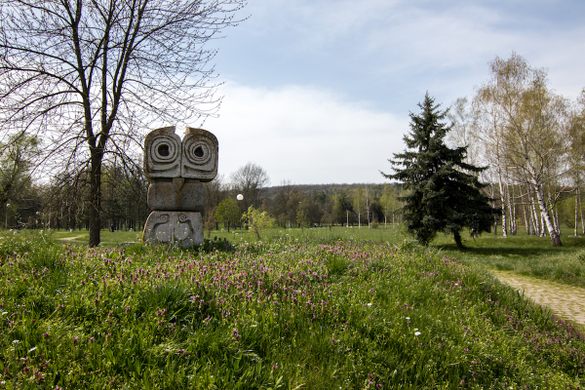




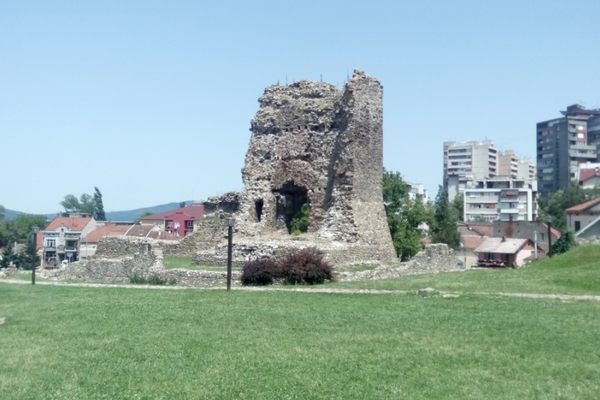



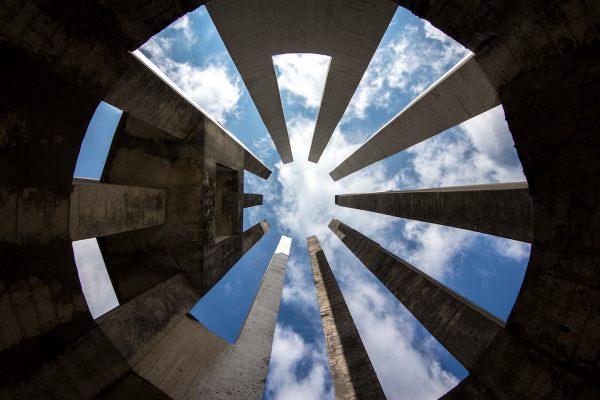
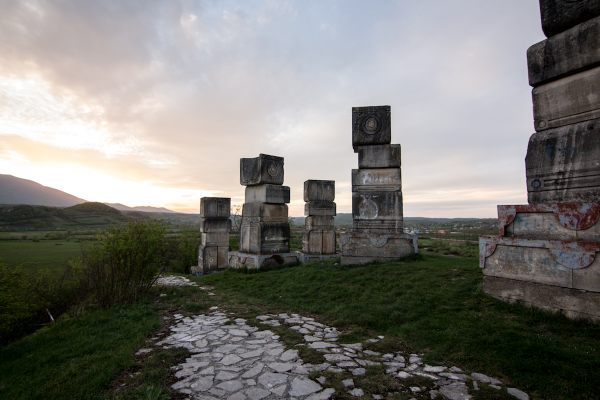
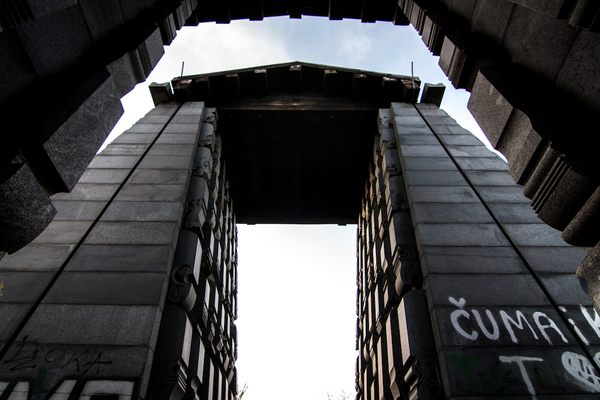



Follow us on Twitter to get the latest on the world's hidden wonders.
Like us on Facebook to get the latest on the world's hidden wonders.
Follow us on Twitter Like us on Facebook